Musicians and scientists had been dabbling with electronic instruments since the 18th century – notably, the 1753 Denis d’or keyboard, Jean-Baptiste de Laborde’s clavecin électrique in 1761, Elisha Gray’s “musical telegraph” in 1861, and Thaddeus Cahill’s Telharmonium in 1897. None of these instruments were readily available for public performance, however – and certainly not taken seriously in the music world – but following the invention of the audion in 1906, which allowed for electronic computation and broadcast, the world of electronic music was about to meet its true emergence in 1919.
The Theremin, an offshoot of Soviet-backed proximity sensor research, was the brainchild of Russian physicist Lev Sergeyevich Termen, or as he became known in the West, Leon Theremin. Initially called the Etherophone, Theremin later re-christened his new instrument after himself after showcasing his innovation across Europe to enthusiastic audiences. Theremin eventually relocated to the United States, and, by 1928, had secured a U.S. patent, which allowed RCA to handle its commercial production. While nearly 150 years had passed since the first true electronic instruments had been made, the theremin changed the game and sparked a whole host of imitators and innovators with its commercialization and (relatively) easy replication.
The theremin heralded a new era for electronic instruments, distinguishing itself from mere noisemakers and adaptive machinery – it ushered in the first electronic symphonic arrangements. The theremin, unique for producing melodies without physical contact, took center stage in 1929 when Joseph Schillinger debuted the First Airphonic Suite For Theremin and Orchestra with the Cleveland Orchestra, featuring Leon Theremin himself.
Although its origin story is fascinating, the general public never really embraced the theremin as much more than a novelty – despite virtuosos like Clara Rockmore magically plucking entire compositions from literal thin air. The theremin’s popularity waned among professionals due to the advent of more user-friendly electronic instruments, yet it retained allure among electronics aficionados, DIY kit enthusiasts…and a reliable go-to sound effect for cheesy B-movie soundtracks. In the 1950s, a young Robert Moog embarked on constructing theremins and began selling kits in outlets like Popular Mechanics. This hands-on education paved Moog’s path to creating his revolutionary synthesizer. Around 1955, Raymond Scott, an avant-garde music figure, incorporated one of Moog’s theremin components into his inventive Clavivox, envisioned as a keyboard-modified theremin. You even hear Paul Tanner memorably performing the instrument in the Beach Boys classic Good Vibrations.
To this day, the theremin still serves, for the most part, as a supporting act in modern music – mostly to make spooky ghost or alien noises. Australian act The Night Terrors want to change that perception, with their gorgeous new offering: their fourth studio album ‘HYPNOTICA – Composition For Theremin And Electronic Music Synthesizer’ on November 3, 2023 via Disdain Records…the title a clear nod to their 1929 predecessors.
The Night Terrors are putting the theremin centre stage with the skillful hands of Miles Brown, alongside Sarah Lim’s vintage horror synthesisers and hypnotic dark wave rhythms.
HYPNOTICA spotlights the unique expressive capacities of the theremin, materialising as a transfixing dramatic lead in an extraordinary otherworld of gothic operatics, dark mesmeric melody and euphoric spectral electro. Heavy narcotic atmospheres bleed into a reverie of cosmic sedative bliss, while the soaring cry of Brown’s theremin evokes an exquisite romantic melancholy and a profound sense of psychic yearning.
“Levitation” establishes the theremin as a transcendent musical medium for the processing of universal heartbreak and the expression of contemporary existential terror. Levitation is the second offering from the record, and is out today alongside a wistful and atmospheric performance video by bl00dsp0rts, with titles by Luke Fraser.
Watch the video below:
Miles Brown (The Narcoleptor) is an Australian thereminist, composer, producer and experimental artist, pushing boundaries with his ethereal touch on the theremin to craft distinctive sonic atmospheres. His work delves into its multifaceted applications, venturing into dance music, sound art, and analogue electronics. Renowned for his role in the electronic act The Night Terrors, he has collaborated with industry luminaries such as Lou Reed and Laurie Anderson. His solo ventures have been celebrated on prominent soundtrack label Mondo/Death Waltz. Beyond music, Brown’s contributions span film scores and live ballet performances, while also spearheading record labels Heavy Machinery Records and Nosferatunes. Brown also contributed theremin to the soundtrack of Australian horror movie Late Night With The Devil (2023), and has performed live scores for Natalie Abbot’s giallo ballet (re)PURPOSE: the MVMNT (2017).
Also hailing from Australia, Sarah Lim has carved a niche in the nation’s heavy music scene over two decades. Previously contributing her haunting synths and vocals to bands like Electrik Dynamite and Agommorah, she now graces stages with The Night Terrors, Myridian, True Believer, and Earth. Her dynamic stage presence and affinity for the keytar mark her as a standout. Sarah’s versatility is evident as she seamlessly transitions between genres from black metal and glam to synthwave, all while masterfully playing her signature keyboard.
HYPNOTICA – Composition For Theremin And Electronic Music Synthesizer is out on the 3rd November via Disdain Records.
Follow The Night Terrors:

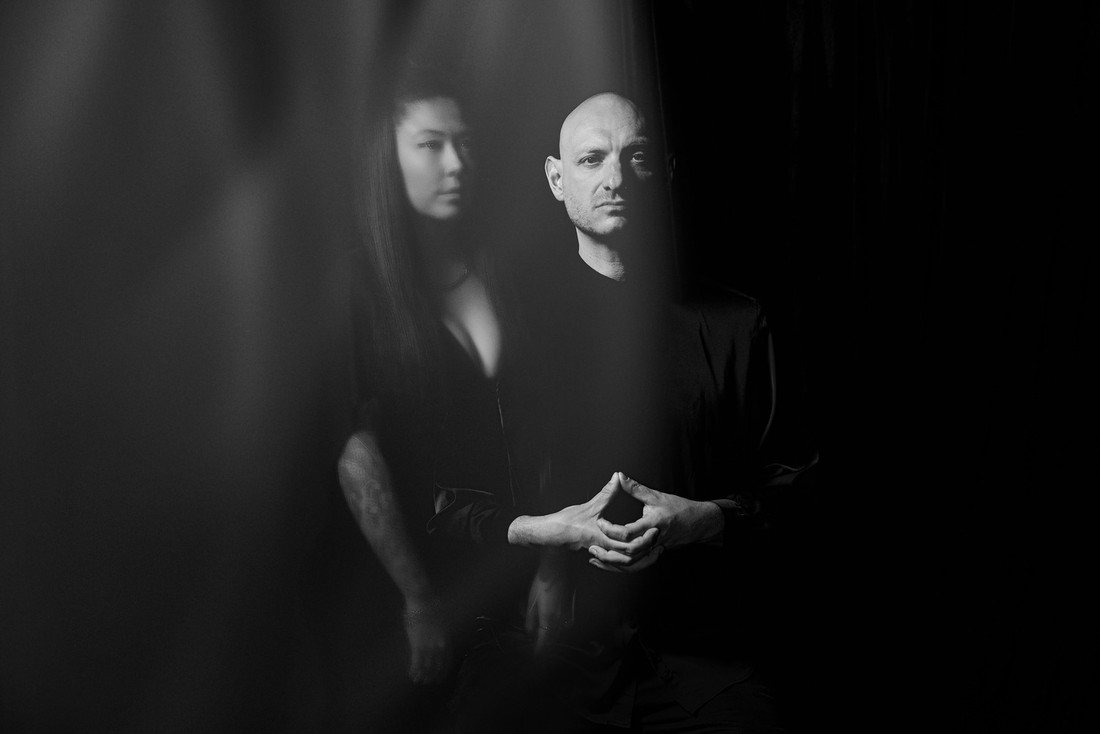

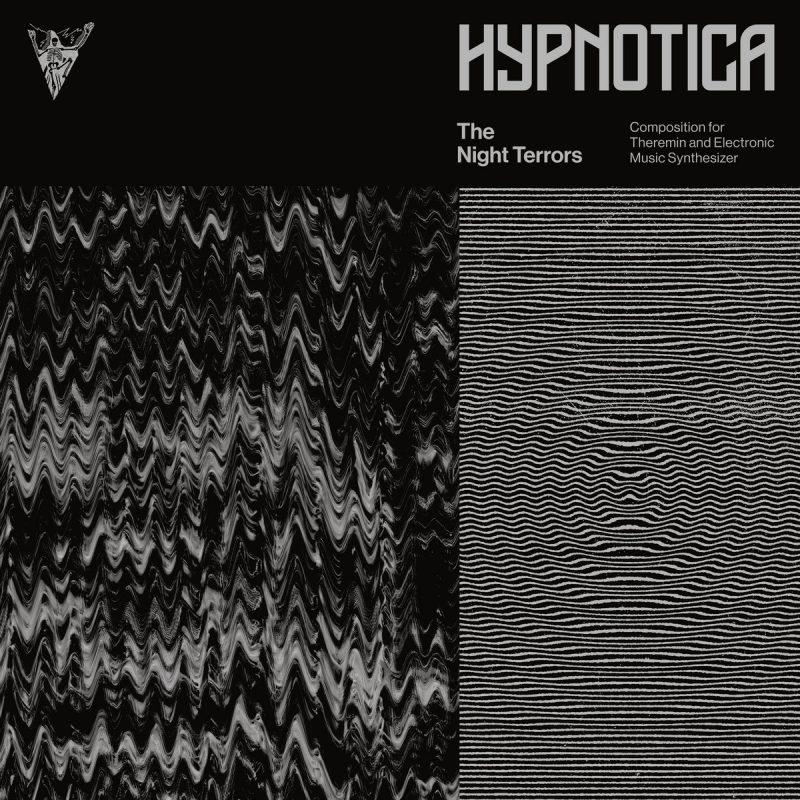


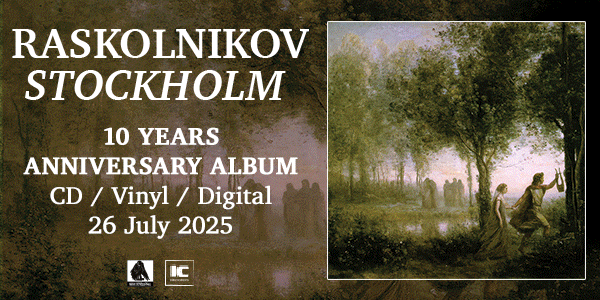



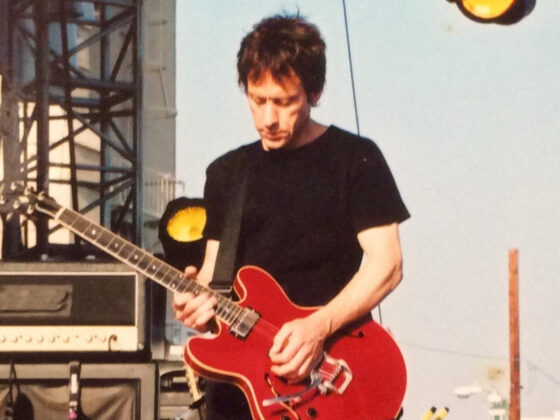





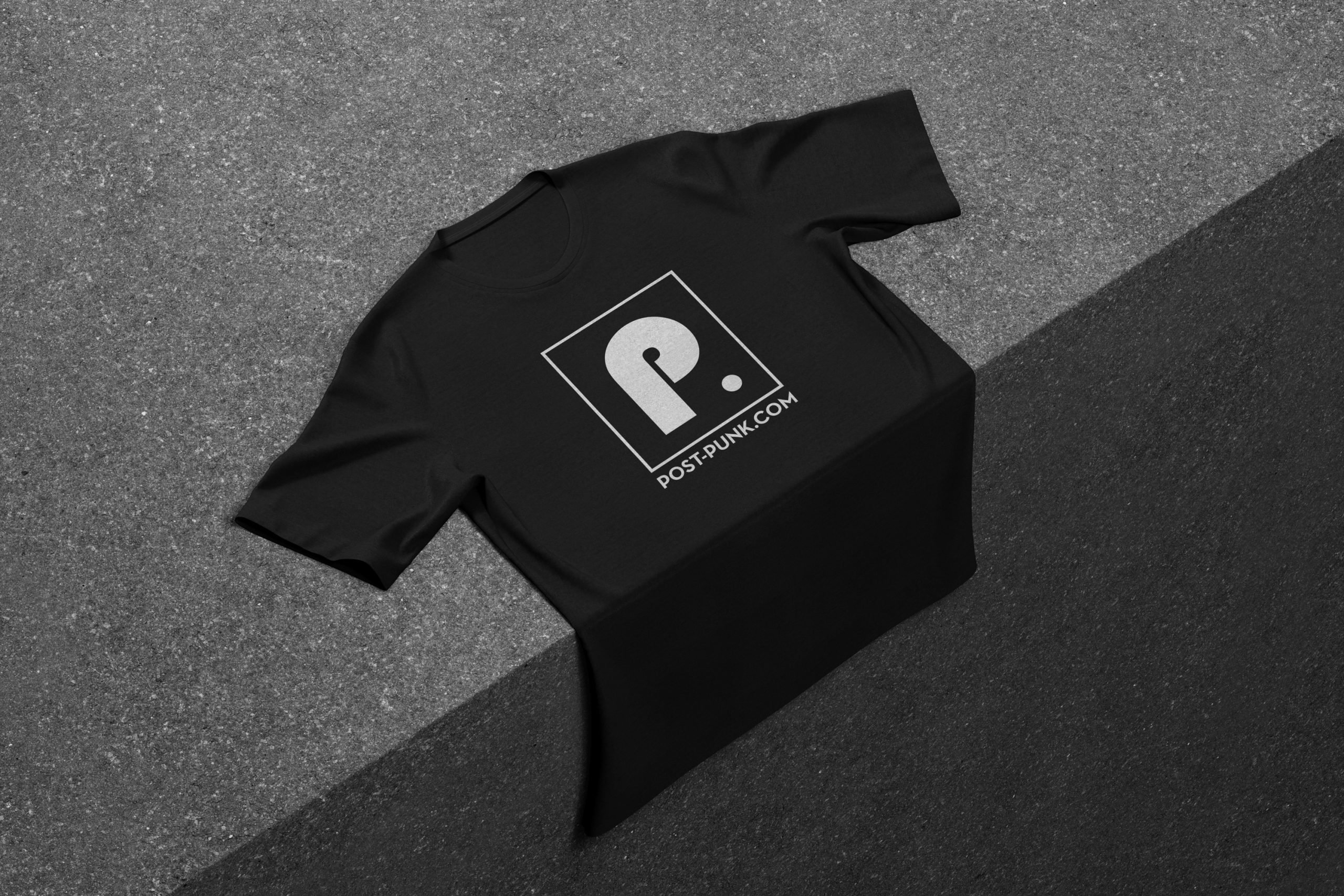 Or via:
Or via: